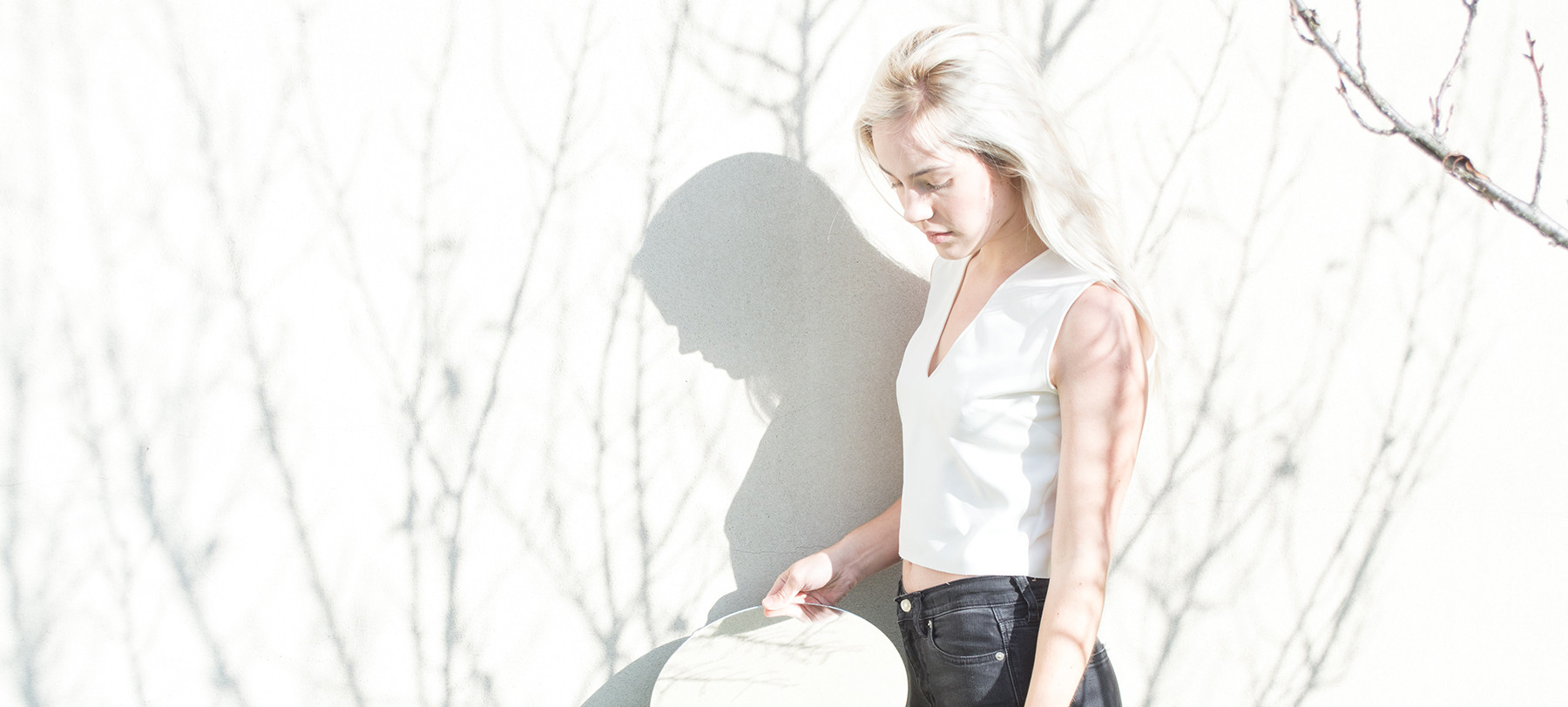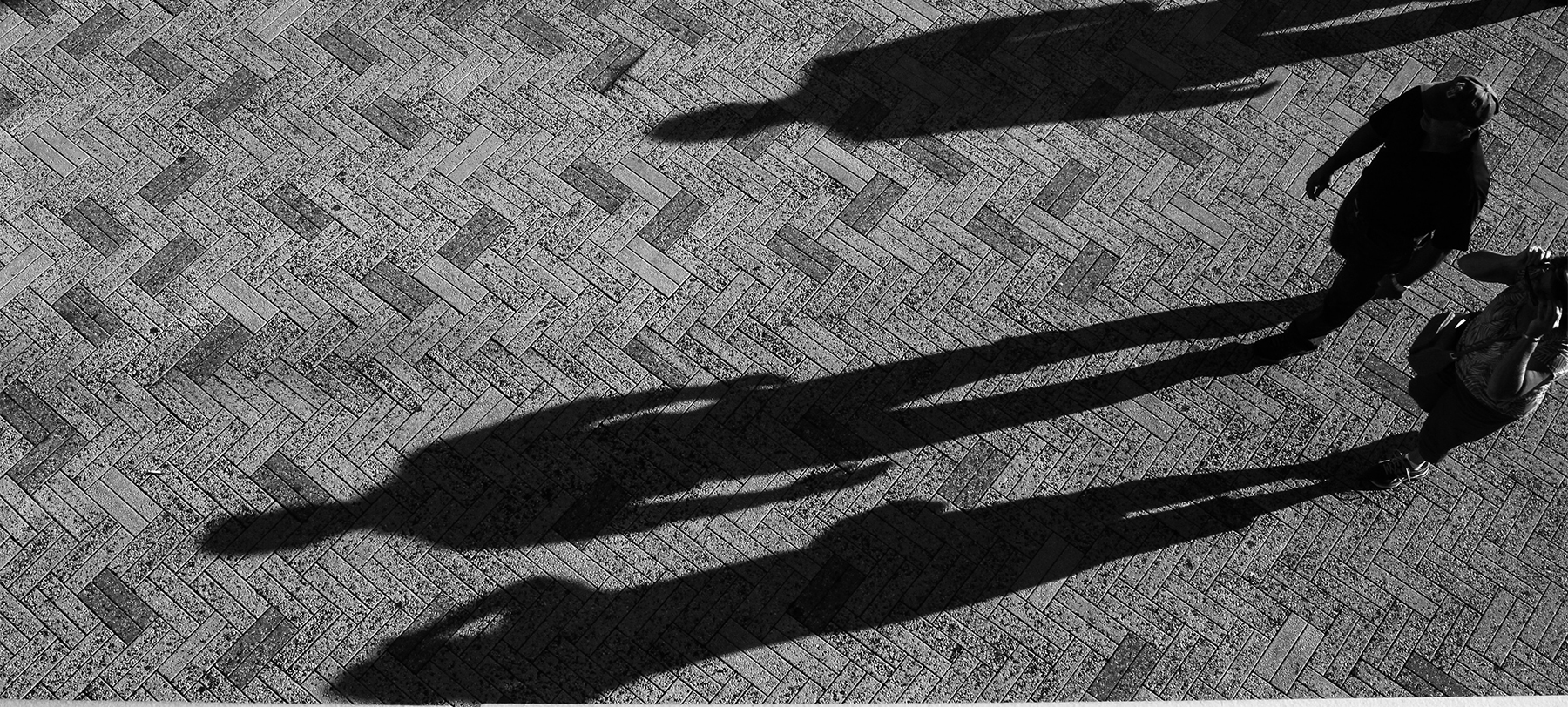
Why light is so essential in photography
Without light, there is no photograph. Here’s why light in photography is so important, and what to consider when lighting your photos.
Read time: 6 minutes
Wherever you are and whatever you’re shooting, there is perhaps no single more important element than light. We’re not just talking practically here either, although a photograph is essentially captured light. But light also determines a huge part of the look, the mood, and the feel of your photo.
Understanding light in photography is a priceless skill, but one that can take many years to really master. Anyone can look at a scene and determine whether the light is pleasing or not, purely through having seen photographs, films, paintings and real scenes throughout their life; but knowing why that light is or isn’t pleasing is something else.
Over the next few weeks, we’ll be covering the specifics of studio, natural and outdoor lighting in depth, but first, there are some fundamentals to go over. Namely, the qualities of light.
Amount of light
The first and most obvious factor is the amount of light present in a scene you wish to photograph. If you understand exposure, you’ll know the primary goal of a camera’s settings is to collect the ‘correct’ amount of light. Too much and your scene will be overexposed, too little and it will be underexposed.
The amount of light in a scene may or may not be something you can change, but it can always be manipulated – at least to some extent – by your camera settings. If you aren’t familiar with exposure settings, it’s well worth learning, and you can read our guide here.
Click the images to see a larger view
Images In these shots from our essential portrait lighting styles guide, the light was in a different position, but it was just as bright in both pictures. The exposure difference you’re seeing was created purely with in-camera settings
Hard or soft light
Describing a light as hard or soft can seem entirely abstract, but it’s actually something you’ve likely seen and experienced many times. Hard light is harsh and casts dark, blocky shadows, while soft light falls away into shadows more gradually.
If you look at the hard light of direct midday sun vs the softer light of the sun diffused by clouds, you can see the difference.
Click the images to see a larger view
Images The subject on the left is standing in hard, direct sunlight, while the subject on the right is in some soft shade (credit: Tyler Nix, left, and Philipe Cavalcante, right)
How hard or soft a light is will be determined by a number of factors. The distance between light source and subject is one, for example. The further the light source from a subject, the harder the light, and vice versa. Another factor is how the light is controlled, ie if the light is a focussed beam or if it’s diffused.
Both hard and soft lighting have their place, and we’ll discuss specifics in features to come. But generally, soft lighting is more flattering and allows you to capture the colours and shapes of objects more accurately without being overpowered by harsh light and shadows, while hard lighting creates more contrast, is used to highlight shape and texture, and creates a dramatic effect.
Colour of light
The colour of light has a dramatic effect on the way it appears, and as such, how it can be used in your photos. We’re not just talking about the bold and colourful artificial light either – though this can be used to great effect – but natural and neutral light, too.
Any natural-looking light source, regardless of whether it’s actually natural or artificial, will have a specific appearance in your photos. This is partly determined by the light itself and partly determined by your camera’s white-balance.
We covered white-balance in depth in our advanced settings guide, but in short, it controls how your camera ‘reads’ light. Natural-looking light varies from cool blue to warm orange, and it has a big impact on how your photo feels as well as how it looks. It’s an often overlooked aspect of light in photography, particularly among beginners, but it’s an important one.

Image For this photo, Kingsley set his white-balance towards the cooler end of the Kelvin scale, in fitting with the cold scene he was capturing (credit: Kingsley Singleton)
Direction
The last fundamental quality of light in photography is direction. The direction of light, both in terms of the direction it falls upon a subject from and the direction you capture it from, has a big impact on how your photo looks and how you’re able to take it.
In terms of look, the direction of the light in your photo can highlight a subject or take away from one, give depth to your image or flatten it, and that’s not all. This is because the direction of light doesn’t just determine where the light itself falls – it determines the shadows, too.

Image This photo was completely reliant on the direction of the light (credit: Matthew Ansley)
There are certain genres of photography where this will be a bigger concern than others, like portrait and street photography, for example. But, like all the qualities of light, it’s important to understand, regardless of what you’re shooting.
In terms of practicality, the direction of light plays a large part in determining how well and how easily you’ll be able to take your photo. Shooting into light, particularly hard light, makes it very difficult to photograph a scene, and that’s if it’s possible at all.
There you have the fundamentals of light in photography. As we said, developing your understanding can take years of experience, but take these essentials and keep them in mind while you’re shooting and we’re sure it will serve you well.
If you’re interested in the specifics of studio, natural and outdoor lighting, the next features in our lighting series will be out over the next three weeks.
Show us the best lighting you’ve ever captured by tagging us in your photos on social media using the handle @PhotonewsPN!
Have you become a Photography News member yet? Sign up and read the online issue, free, every month. Don’t forget to tick to receive our newsletter to get notified of the new issue, exclusive offers and competitions.







